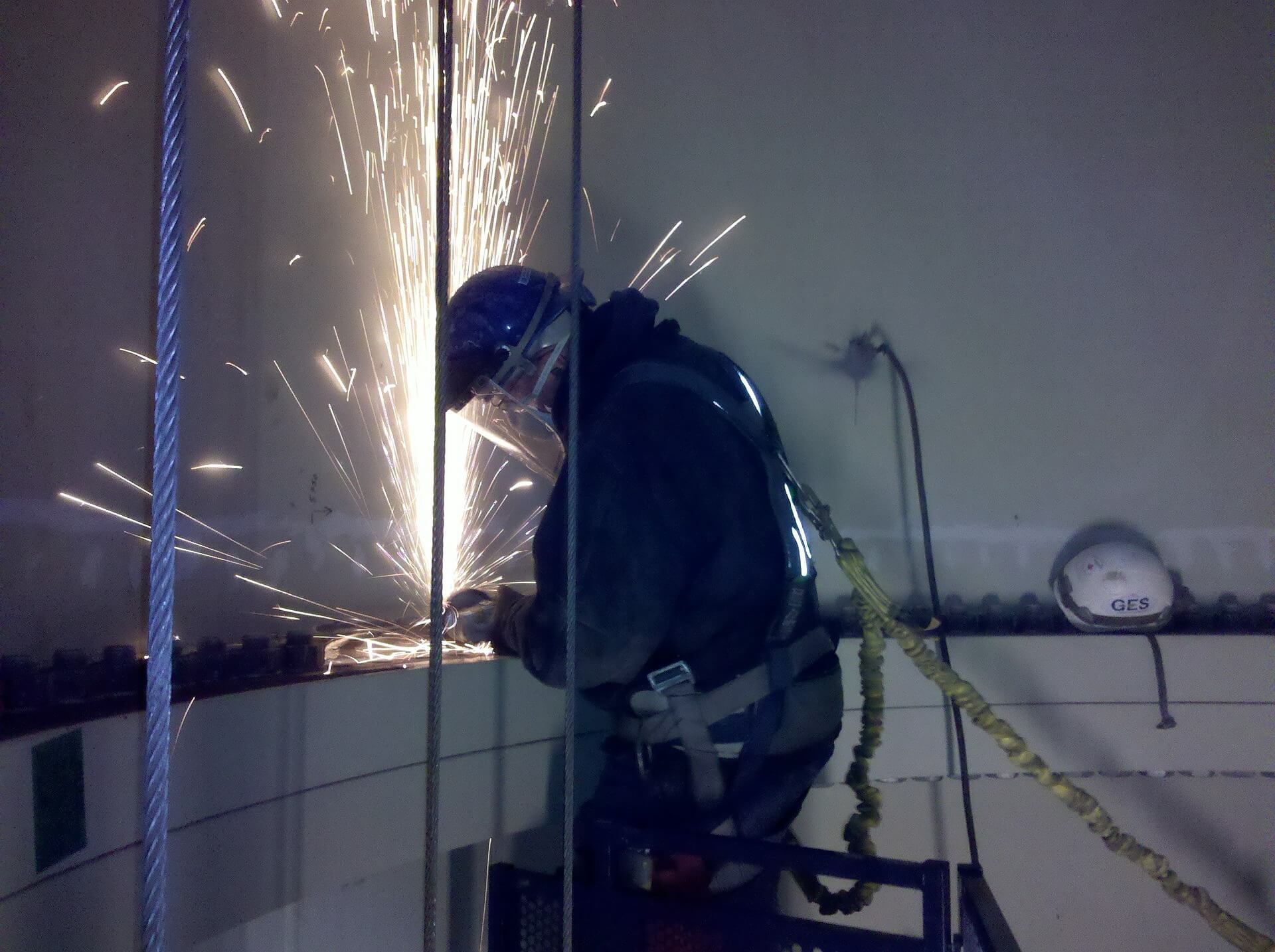Within the next couple of years, the wind operations and maintenance (O&M) industry is expected to hit a critical turning point. For the first time, operating expenses (OPEX) will eclipse capital expenditures (CAPEX). According to a 2018 IHS Markit Wind O&M Benchmarking report, an aging North American wind-turbine fleet will soon cost more than new developments.

O&M expenses for wind-power assets will cost the industry about $7.5 billion annually by 2021, according to analysis from IHS Markit.
“The transition from CAPEX to OPEX is significant, and the wind industry will need to shift its focus away from infrastructure build and toward providing services and minimizing costs at existing projects,” Maxwell Cohen said in a press statement about the study. He is a co-author of the report and associate director with IHS Markit, a global provider of critical information and analysis.
In fact, the average age of installed wind capacity is predicted to rise from seven years in 2018 to 14 years in 2030, finds the report. “And as projects age, they cost more, making the O&M business even more intriguing than it is today,” added Cohen. Currently, more than 50,000 utility-scale wind turbines comprising nearly 100,000 MW of generating capacity are installed in 42 U.S. states and 12 Canadian provinces and territories.
One of the key findings from the IHS study: larger, newer wind projects have O&M costs averaging 25% less per megawatt-hour than ones using smaller turbines installed before 2010. More than 80% of the asset and operations managers who attended an ONYX InSight wind-turbine symposium held in Europe last summer agreed. The majority of delegates surveyed at the event said that larger and more efficient turbine technologies are the key drivers for reducing the wind industry’s LCOE or levelized cost of energy.
Participants also cited a need for higher-quality data to improve the reliability of their assets, which includes the consistent use of condition monitoring for early failure detection and advanced maintenance schedules. ONYX InSight, a joint venture between Romax Technology and Castrol, is a predictive analytics partner for wind asset owners and operators. Through the use of physics-based and data-driven predictive analytics, it provides wind operators with options for better control and reduced costs in their operations.
“A new generation of larger, more advanced turbines will mean more complex machinery, operating in harsher operating conditions around the world,” explained Evgenia Golysheva, Head of Consultancy at ONYX InSight, during her presentation at the 2018 symposium. “But it’s a mistake to think that all of these new technologies will be more reliable than their predecessors…or that operating costs will reduce naturally as the industry matures without an increased understanding and streamlining of operations and maintenance processes.”
While the focus on big data and advanced analytics has the opportunity to streamline O&M costs, it is of little value if wind operators are unable to properly access or effectively integrate it into their daily operations. It is also important that operators are aware of the advances in new O&M technology and services.
Here are just a few of the latest O&M products and trends in the industry.
- Improving wind-turbine O&M with AI
- Using thermal drones for detailed blade inspections
- A coating for more reliable wind-turbine bearings
- A ground-based habitat for blade repairs
- Detecting ice on turbine blades
Perhaps one of the most important suggestions for reliable O&M: have a plan. Unscheduled maintenance and unexpected downtime typically result in unplanned costs that may significantly hinder a project’s bottom line.
So regardless of the maintenance strategy used at a wind farm, take the time to plan one before operations begin.
Filed Under: News, O&M




